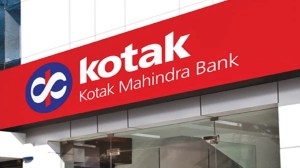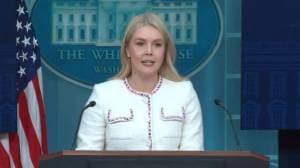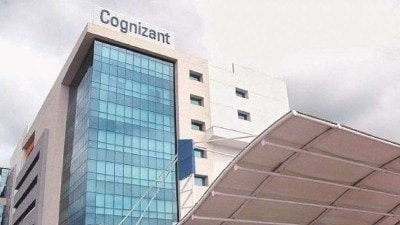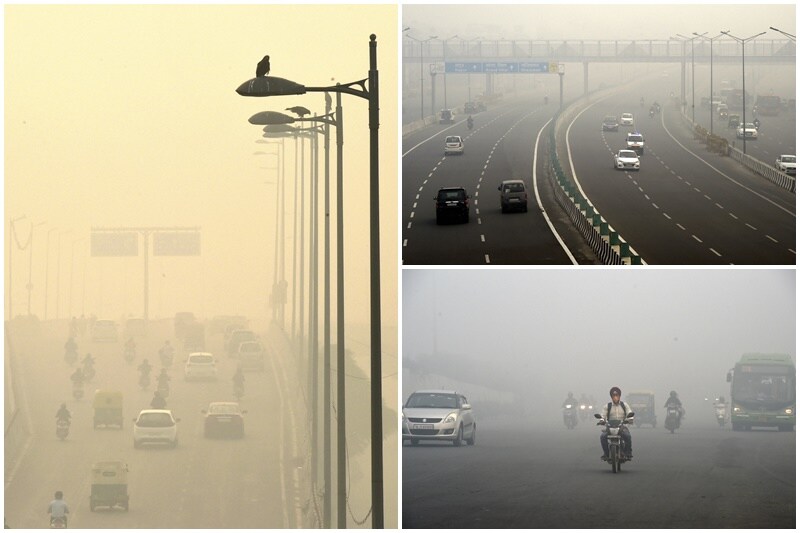
Residents in many parts of Delhi-NCR woke up with an itchy throat and watery eyes as a thick layer of acrid smog engulfed the region on Friday following rampant cracker bursting on Diwali night. A likely increase in fumes from farm fires on Friday may worsen the situation, authorities said. According to the Central Pollution Control Board (CPCB), the 24-hour average concentration of lung-damaging fine particles known as PM2.5 in Delhi-NCR shot up from 243 micrograms per cubic metre at 6 pm on Thursday (Diwali day) to 410 micrograms per cubic metre at 9 am on Friday, around seven times the safe limit of 60 micrograms per cubic metre. -

Green think tank Centre for Science and Environment (CSE) said the ongoing smog episode is a public health emergency. (File)
-

The capital's air quality had entered the severe zone on Thursday night as people burst firecrackers on Diwali in a blatant disregard to the government's ban on it amid a sharp increase in smoke from farm fires. (PTI Photo)
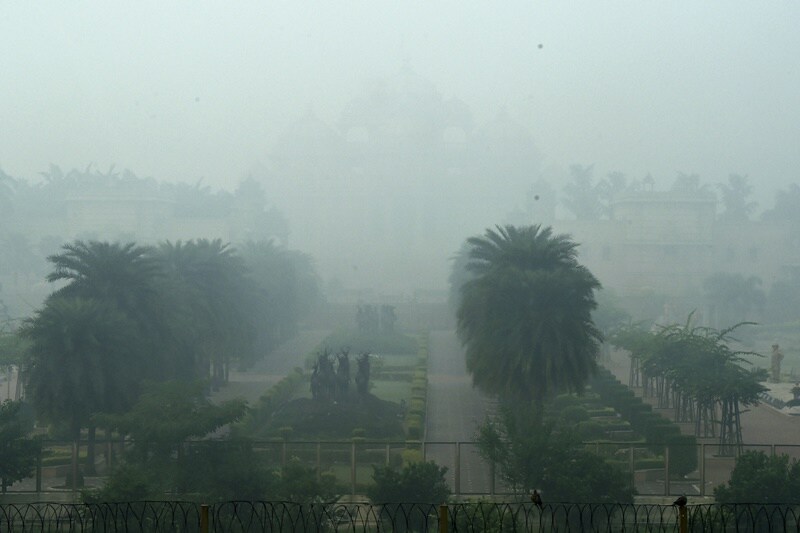
People from a large number of areas in the capital had reported rampant cracker bursting on Thursday night, despite the blanket ban in the national capital till January 1, 2022. In this photo Akshardham Temple can be seen shrouded in a thick layer of smog, a day after Diwali celebrations in New Delhi. (PTI Photo) 
The PM10 levels crossed the 500 micrograms per cubic metre mark around 5 am on Friday and stood at 511 micrograms per cubic metre at 9 am. (PTI Photo) 
According to the Graded Response Action Plan (GRAP), the air quality is considered to be in the “emergency” category if PM2.5 and PM10 levels continue to be above 300 micrograms per cubic metre and 500 micrograms per cubic metre, respectively, for 48 hours or more. (PTI Photo)

Indian techie overcomes H-1B challenges, gets green card, quits job, and achieves $3.7 billion success
